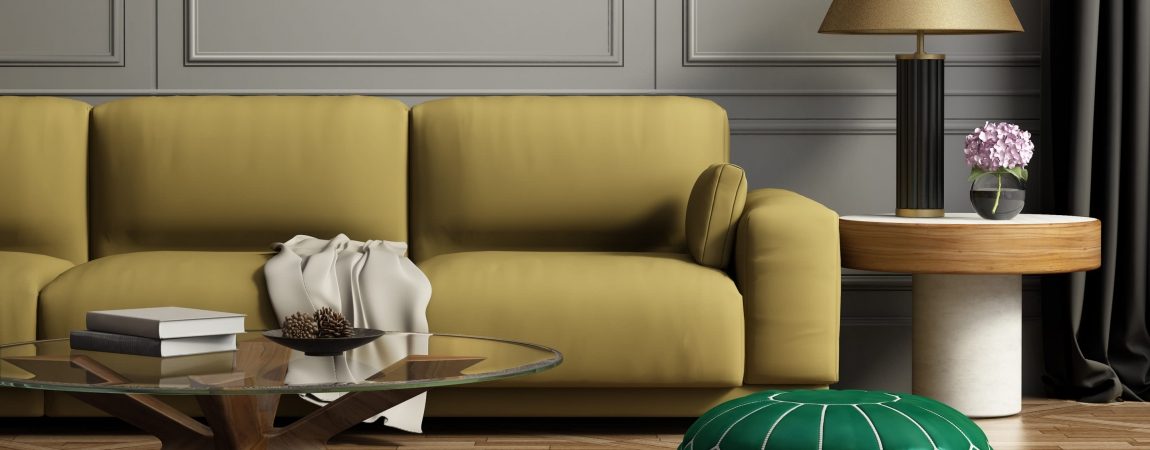
Set The Stage(s): Creating a Long-term Design Plan
Posted on July 13, 2017
Home makeover TV shows are exciting. A crew rushes in with designers, contractors, carpenters, painters, and truckloads of new…well…everything. While the fantasy of restyling your entire home in a week may be appealing, it remains just that – a fantasy. Between work, kid’s baseball games, holiday parties, homework projects, and the latest series on Netflix that you can’t seem to stop watching, there are tons of things fighting for your time. Add in the necessity of budgeting and the logistics of home renovation, and very few makeovers happen in a month, let alone a week.
Instead, plan for a steady yet deliberate makeover. Professional interior designers know that, even when a project happens in stages, a definitive plan at the start ensures the finished home will embody consistency and balance throughout.
Having a plan and palette locked down will make it easier for you to stay on target as you continue through the house.
Setting the sequence
You probably have a number of rooms in your home that you are ready to freshen. Some – a kitchen, for example – will be a bigger undertaking than others – like a powder room. Try to organize your renovation sequence to build up momentum. Start with a quick win or two with easier rooms; it’s a confidence booster to start seeing your work pay off right away.
As we enter autumn, it’s time to turn our focus from our home’s exterior to the interior. With kids headed back to school and the holiday gatherings that are soon to follow, common, functional spaces like halls and entryways may be a good starting point. Don’t neglect your mudroom; autumn into winter is the busiest season for this hard-working room.

Creating cohesion
It can be fun to try out a different color in every room, but take a moment to look at a few homes created by top interior designers and you’ll notice something they all have in common: a consistent look and color palette that is used throughout the house. Sure, one room may be a bit bolder while another is mild, but common themes are a defining characteristic of good design.
Give your home a professional polish by picking a couple of “reference colors” that you can reuse in multiple spaces. Halls, stairways, living and dining spaces can all make use of these colors; doing so will make your home feel larger and less “choppy.” This is particularly essential with open floor plans. If you’re struggling to create a good base palette, try pairing a white with a pale, desaturated blue or a charcoal.
Staying focused
Having a plan and palette locked down will make it easier for you to stay on target as you continue through the house. Use your color scheme and style to bring discipline when shopping for new furniture and accessories – carefully consider whether a given item will fit into the big picture of your home design before clicking the “buy” button.
While your renovation may not happen in a week, a well-planned “slow” reno can be just as exciting, and will result in just as gorgeous of a home.





